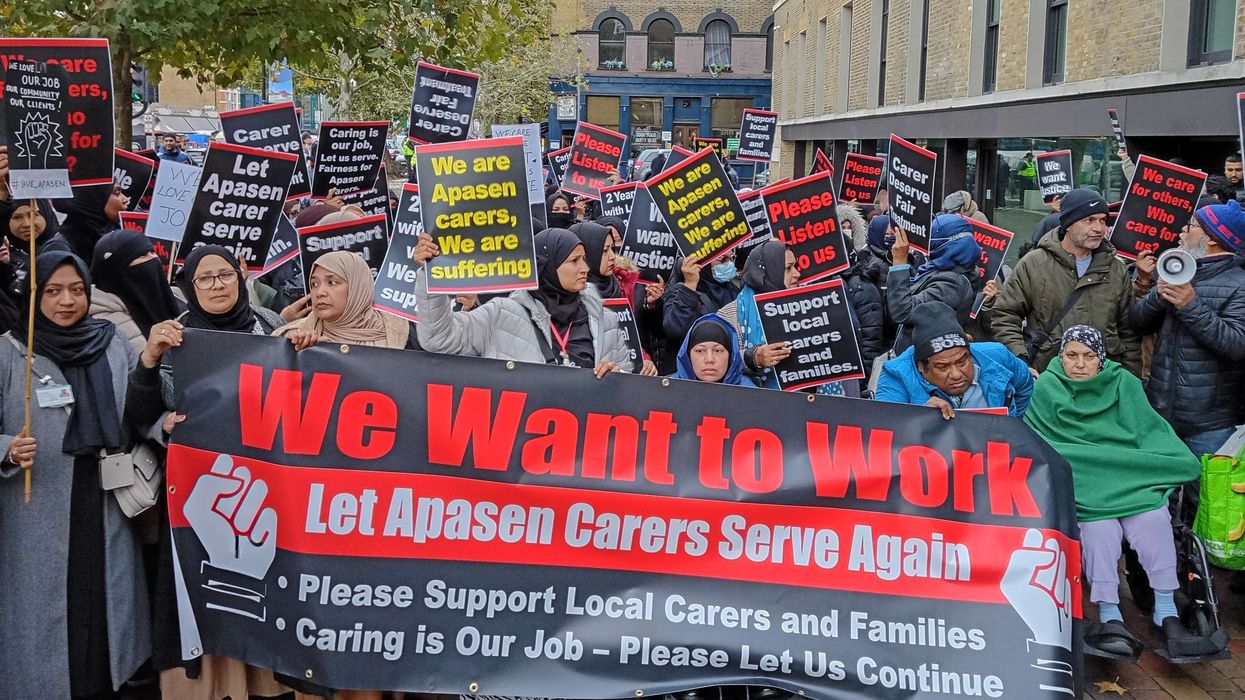Ace producer Abhigyan Jha has written films like Krishna Cottage and created popular TV shows including Movers & Shakers, Jay Hind!, Qubool Hai 2.0, Qayamat Se Qayamat Tak, and Janani – AI Ki Kahani.
He currently hosts the popular podcast Fsex: The Free Speech Experiment, a conversational and humorous live show that explores a range of topics.
Away from creativity and conversations, he is also a passionate cricket enthusiast and played the sport up to college level. He looked across all formats to select his top 10 favourite cricketers.
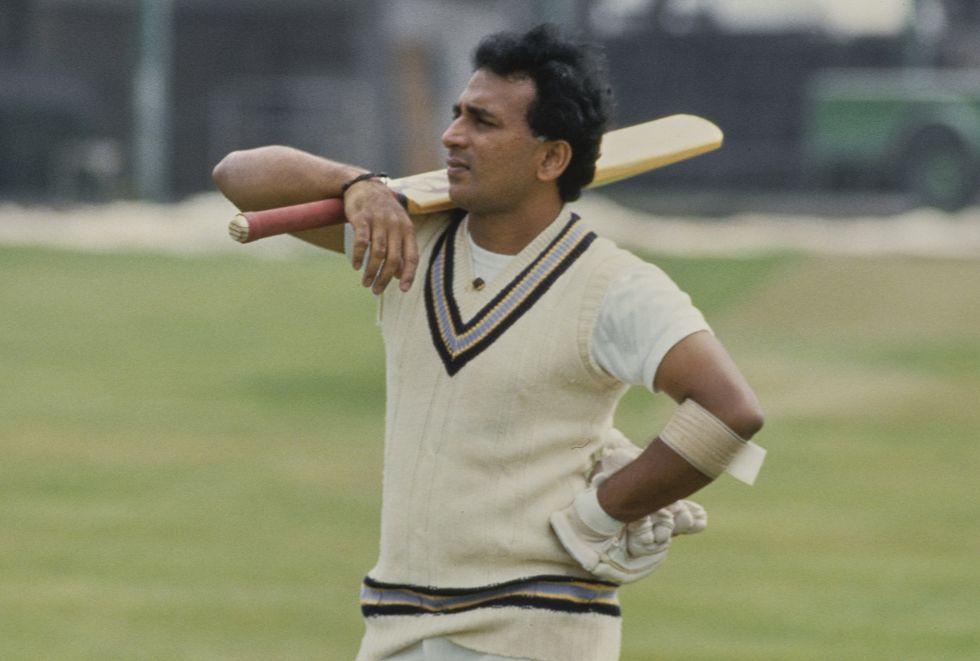
Sunil Gavaskar: The greatest. He scored the most runs against the most lethal bowling attack in cricket history – the West Indies. Today’s generation does not understand how fast those bowlers were. There are no such fast bowlers now. He made 34 Test centuries, and when he reached 10,000 runs, no one had even crossed 9,000. And he never wore a helmet. No batsman ever faced that kind of pace without one – it was incredibly courageous. He was also a phenomenal captain.
Virender Sehwag: The first Indian to score 300 in a Test match – and then he did it again. You would expect someone with his style to belong only in T20 or one-day formats, but he played that way in Tests too, and against top-class bowling. Scoring 300 in Pakistan against their pacers is why he’s on this list. He had raw talent and was thrilling to watch. He played with complete freedom, wherever he was.
Virat Kohli: He has fans screaming for him constantly. Ten thousand people turn up just to watch him practise – and you can see why. In the modern era, nobody comes close. Many players today might have struggled against the great bowlers of the past, but I believe Virat would have held his own. He changed the game in India. A fantastic player and an amazing captain, with insane talent. He’s also the fittest player globally.
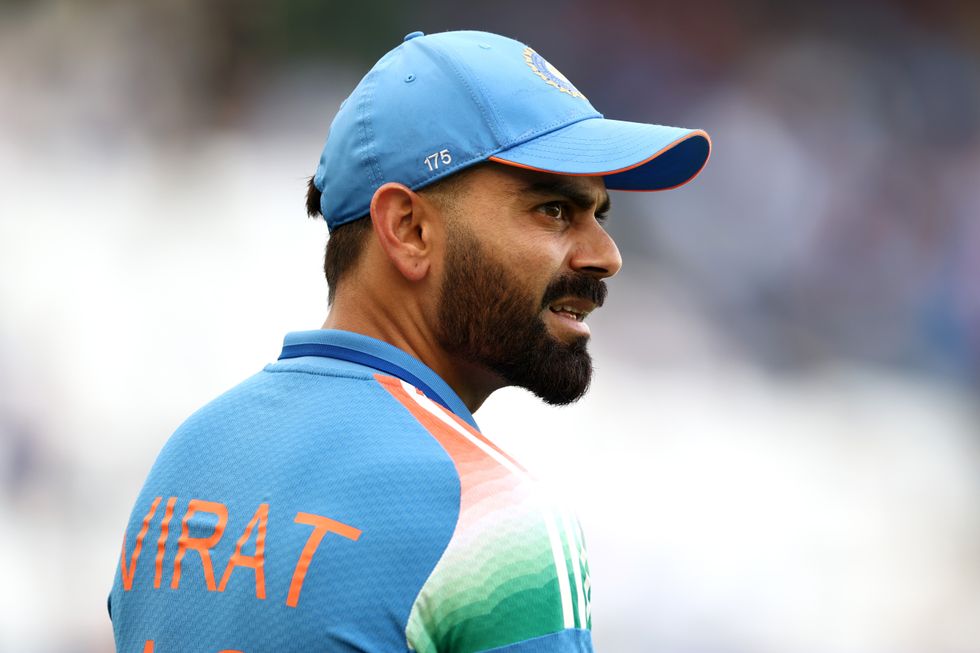
Gary Sobers: One of the greatest captains and a brilliant all-rounder. At one point, he was the only cricketer with 26 centuries and 200 wickets. I think he was the first to reach that milestone in history. He transformed the West Indies into a world-beating side. A genius, a phenomenal fielder, and a record-breaker.
Adam Gilchrist: The greatest wicketkeeper-batsman of all time. He was brilliant against both pace and spin. The speed at which he scored runs was incredible. He holds the record for the most sixes in ODIs and also the fastest Test century by a wicketkeeper-batsman. Just an insanely good cricketer.
Ian Botham: One of the finest all-rounders ever. There was a 1981 Ashes Test between England and Australia that became known as ‘The Botham Test’. He took all the wickets and won the match almost single-handedly. A fantastic batsman with a great strike rate – he could walk in and change the game with bat or ball.
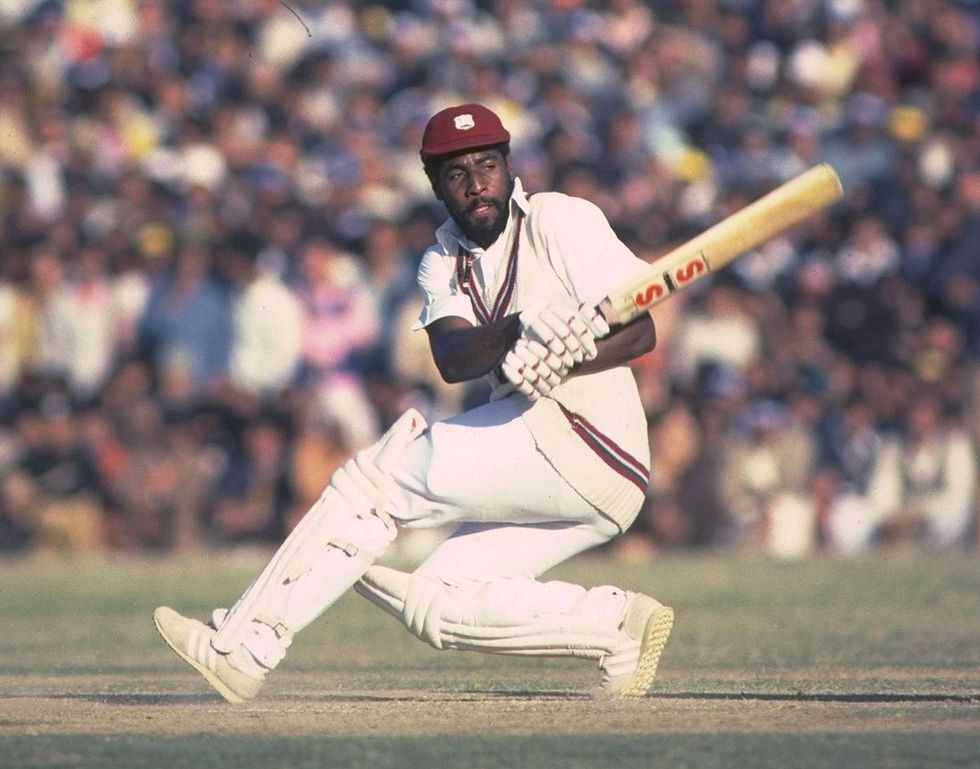
Imran Khan: One of the greatest captains in cricket history. He single-handedly led Pakistan to new heights and groomed talents like Wasim Akram and Waqar Younis. A great fast bowler and solid batsman, he also won the 1992 World Cup for Pakistan. In his prime, he was arguably the second most difficult bowler to face after Malcolm Marshall. A strong all-rounder and top leader.
Richard Hadlee: Jasprit Bumrah is getting closer to him, but he has not played as many matches. Hadlee had exceptional wicket-taking ability and an incredible strike rate. He was a phenomenal swing bowler with superb control and became the first to cross 400 wickets in Test cricket.
Viv Richards: One of the most gifted players of all time – he could destroy bowling like no one else. He was just insane! No bowler wanted to see him at the crease. He and Gavaskar were pretty much the only greats who never wore a helmet. At the time, his strike rate was the highest. Absolute legend.
Malcolm Marshall: The greatest fast bowler of all time did not play as many matches as others, but still crossed 300 wickets. He was the bowler most feared by everyone. He once bowled so fast that Sunil Gavaskar’s bat literally flew out of his hands. If the greatest batsman’s bat could be knocked loose like that, it tells you everything about Malcolm Marshall’s brilliance.
Instagram: @abhigyan.i
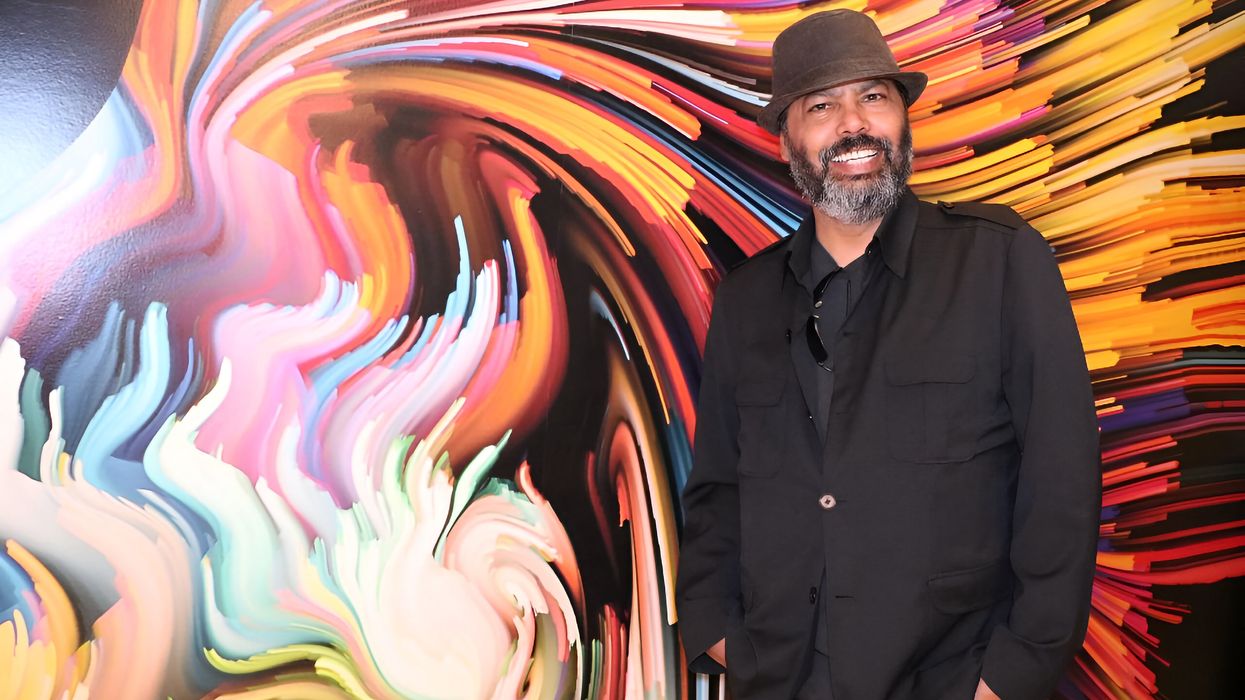
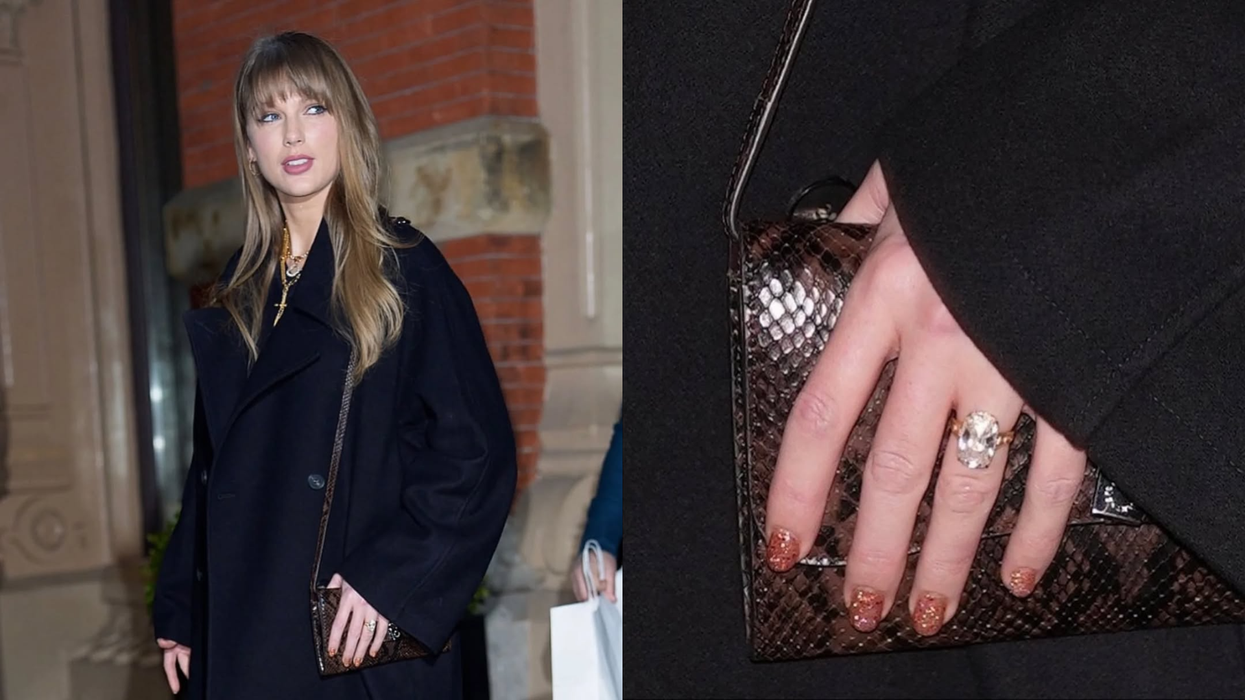
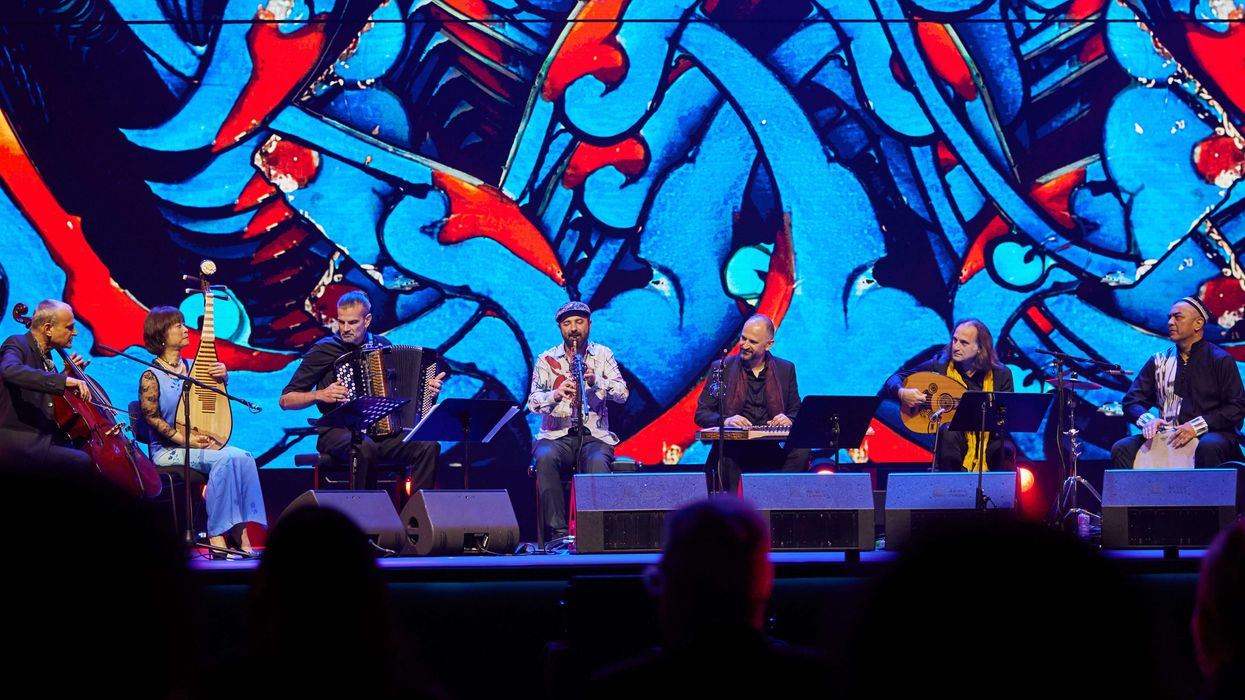
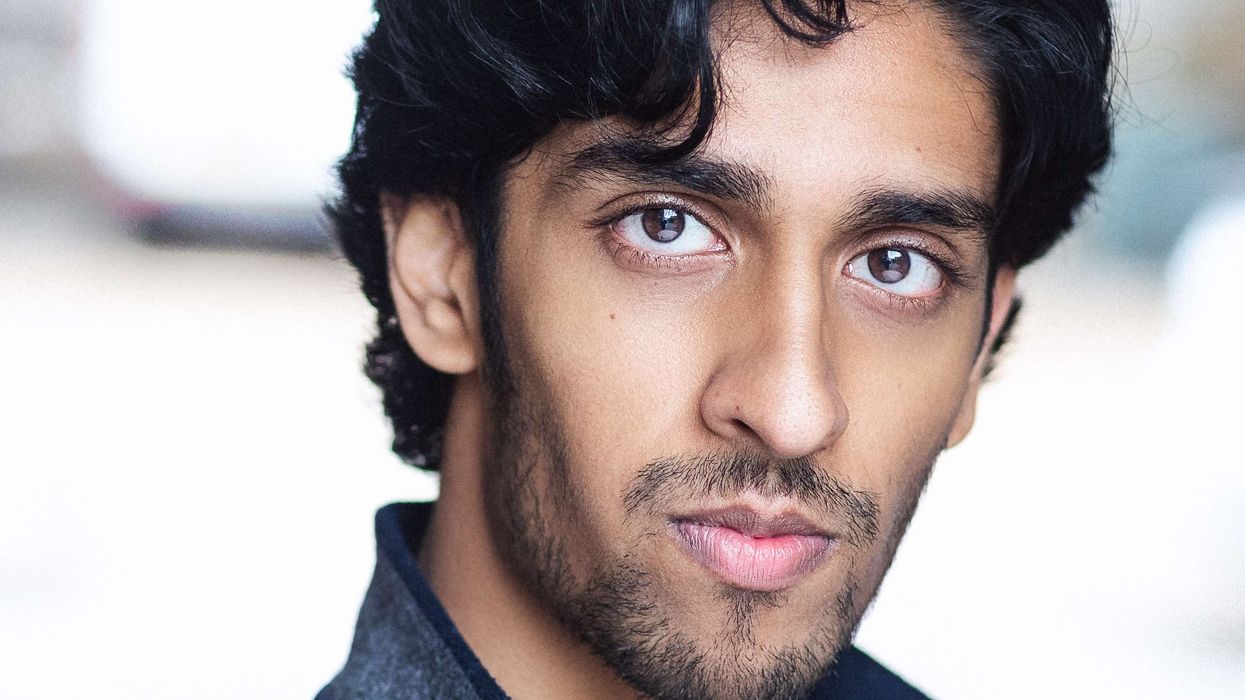
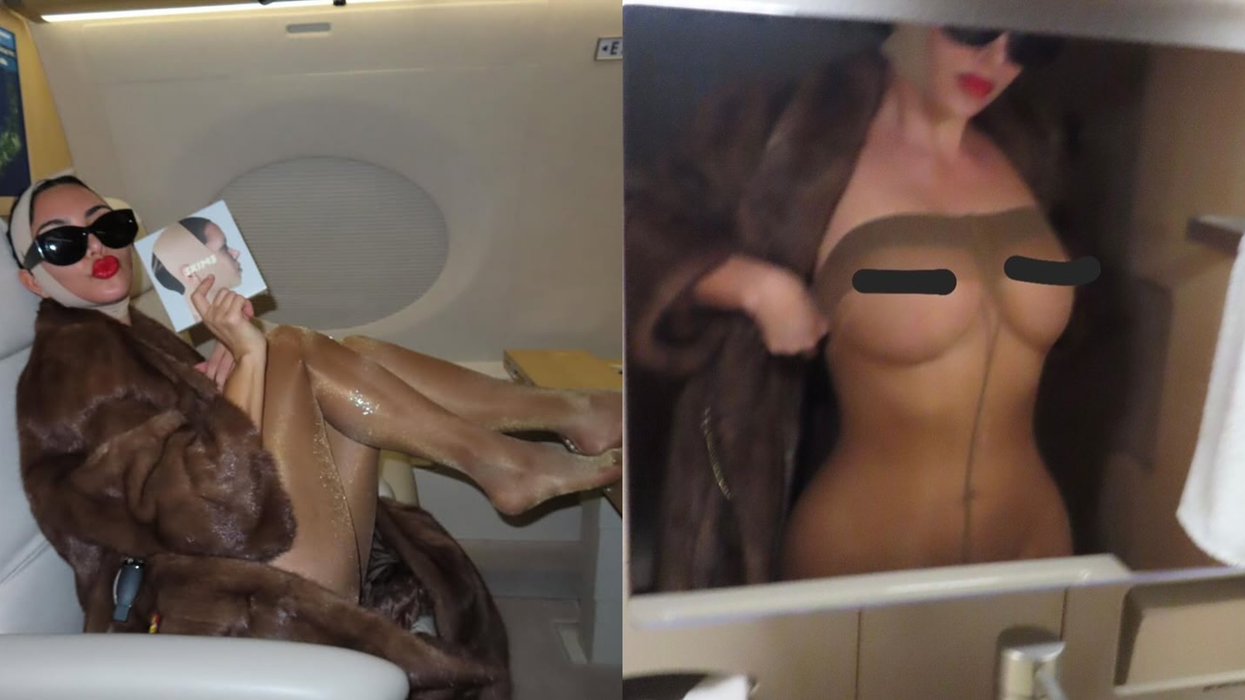
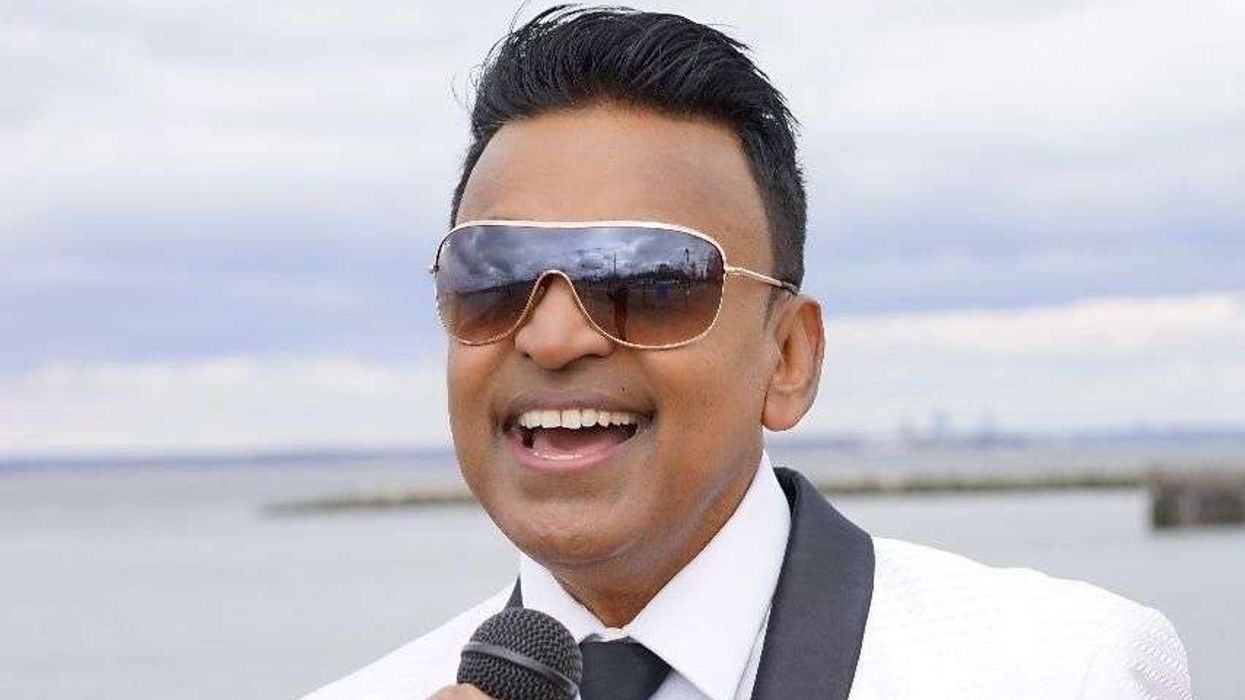
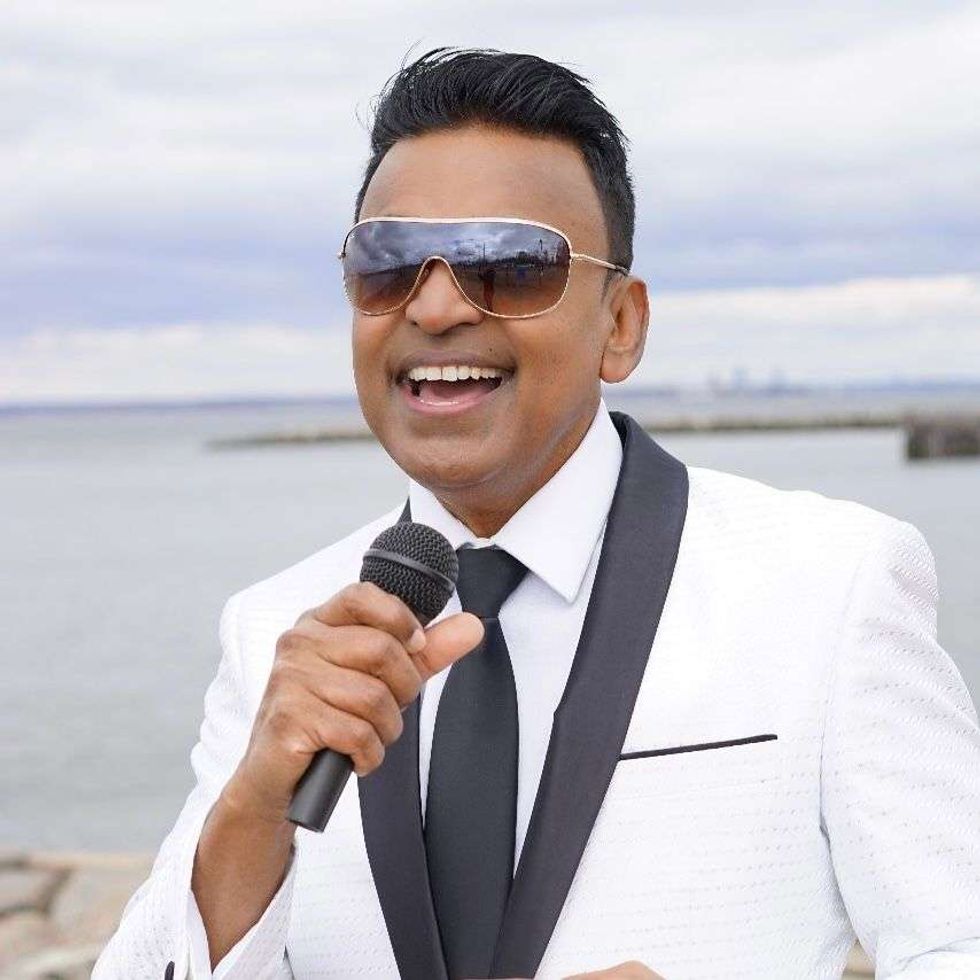 Chutney Star Terry Gajraj Picks the Melodies That Made Him
Chutney Star Terry Gajraj Picks the Melodies That Made Him 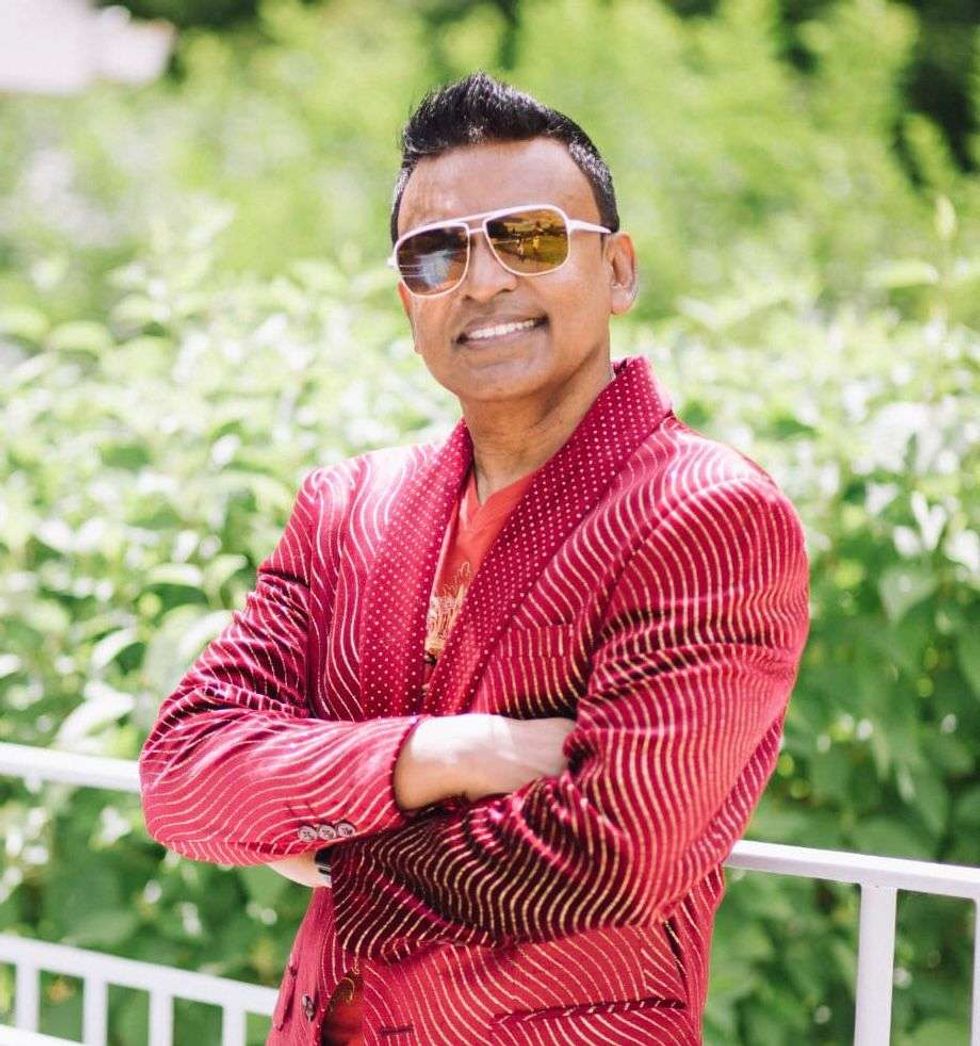 Inside the Playlist of Terry Gajraj, One of Chutney Music’s Most Enduring Voices
Inside the Playlist of Terry Gajraj, One of Chutney Music’s Most Enduring Voices






